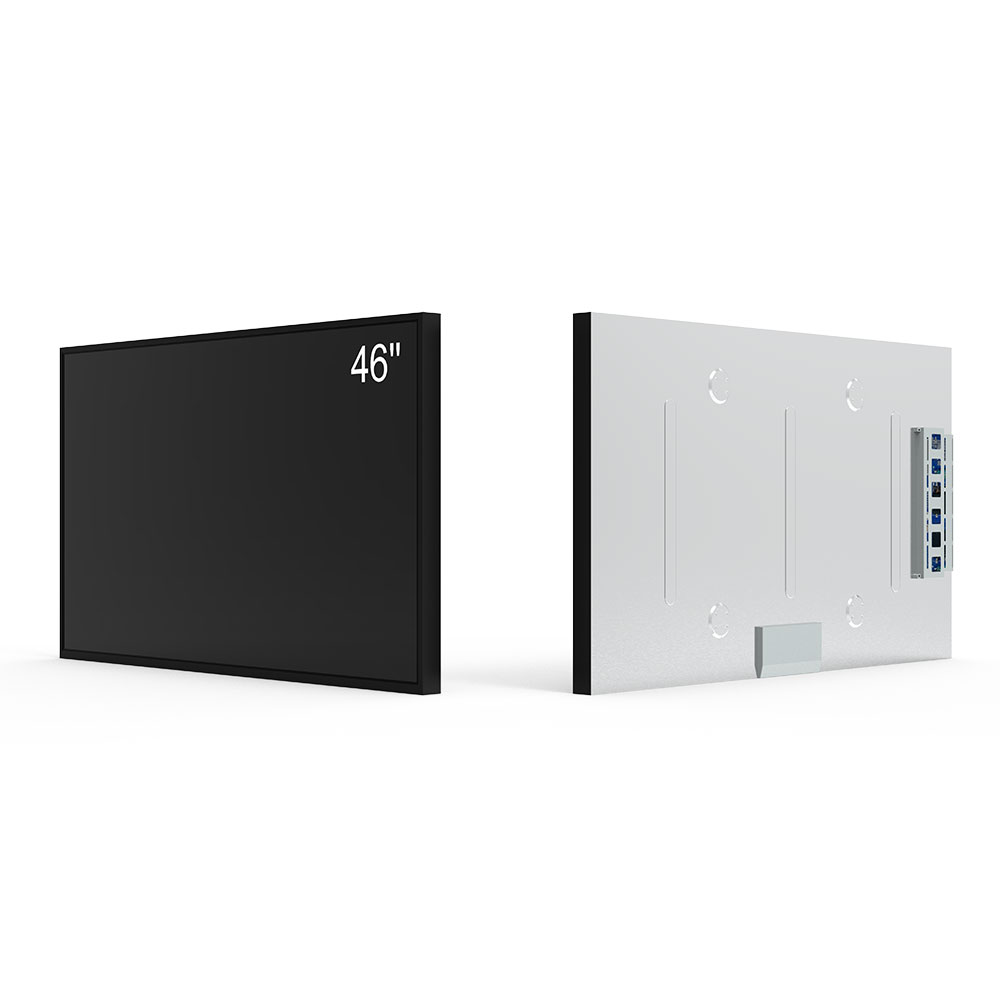In the design and manufacturing of sunlight-readable, high-brightness LCD displays—especially those used in harsh outdoor environments such as construction sites, military vehicles, and public transportation—the IP66 waterproof rating is not just a feature but a critical requirement. IP66, defined by the International Electrotechnical Commission (IEC) standard IEC 60529, means the display is dust-tight (6) and protected against powerful water jets from any direction (6). This level of protection ensures operational reliability even under heavy rain, high-pressure cleaning, or exposure to sea spray.
To achieve IP66 compliance, engineers must integrate multiple layers of protection at both the component and system levels. First, the LCD panel itself must be sealed with high-quality silicone gaskets or O-rings that prevent moisture ingress. These seals are typically tested using standardized methods like the IEC 60529 Annex A water jet test, where a 6.3 mm nozzle delivers 100 liters per minute of water at 80–100 kPa pressure for 3 minutes from a distance of 3 meters.
Second, the housing must be constructed from corrosion-resistant materials such as aluminum alloy or stainless steel, with all seams welded or tightly fastened using waterproof screws. In some cases, conformal coatings are applied to printed circuit boards (PCBs) to resist moisture penetration—a practice commonly seen in aerospace-grade displays.

Third, the backlight system must be encapsulated to avoid condensation issues. High-brightness LED backlights often require thermal management solutions like heat sinks and venting systems that are IP66-rated themselves—ensuring no internal humidity buildup occurs during temperature fluctuations.

Real-world case studies validate this approach: a 15.6-inch sunlight-readable display deployed on a maritime patrol vessel maintained full functionality after continuous exposure to saltwater spray over six months, thanks to its IP66-rated enclosure and sealed connectors. Another example is a solar-powered traffic monitoring unit in Dubai, which passed rigorous environmental testing including IP66 certification under ISO 16750-3, demonstrating resilience in extreme weather conditions.
Importantly, achieving IP66 does not compromise optical performance. Advanced anti-glare coatings, wide viewing angles, and brightness levels exceeding 5,000 nits are still achievable when sealing methods are optimized. Industry-leading manufacturers like LG Display, Sharp, and EIZO now offer IP66-certified modules specifically designed for outdoor industrial applications.
In summary, integrating IP66 waterproofing into high-brightness LCD screens demands a holistic engineering strategy—from material selection to environmental testing. With proper design and adherence to IEC standards, these displays deliver unmatched durability, safety, and performance in demanding real-world conditions.







